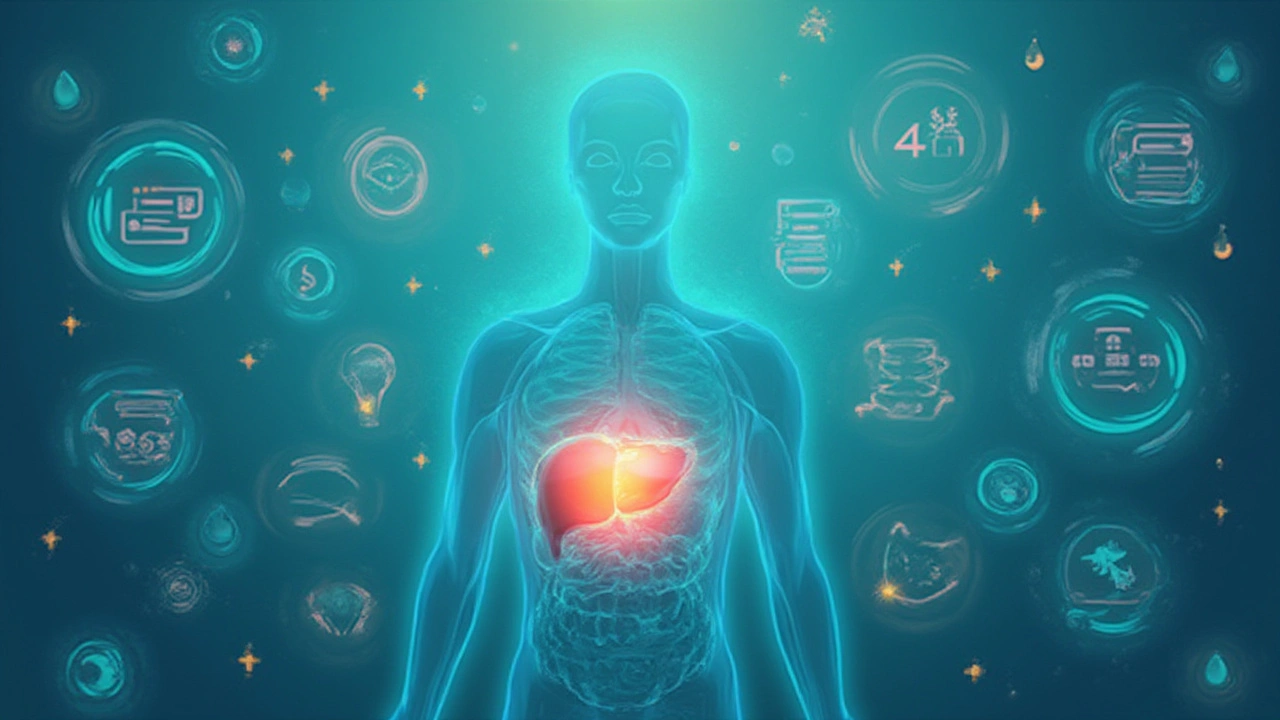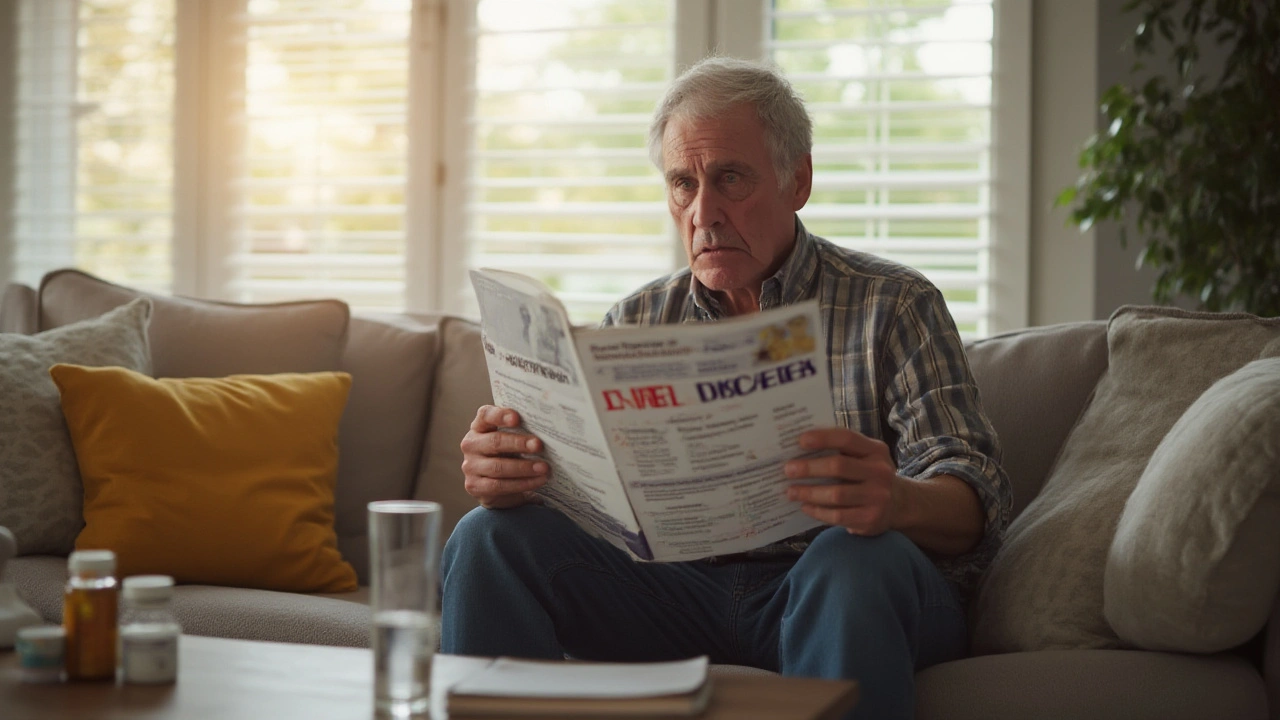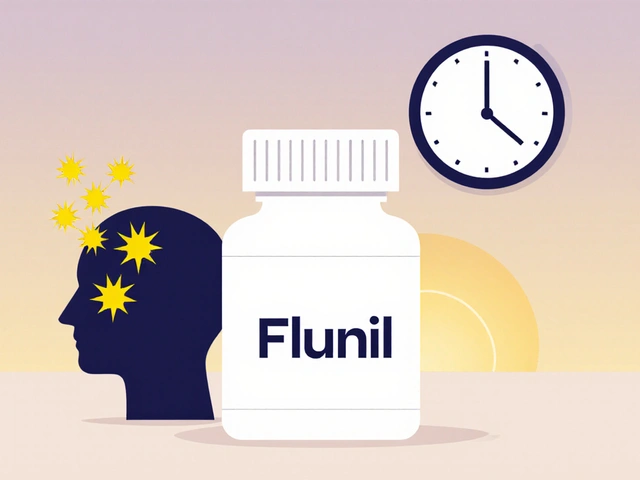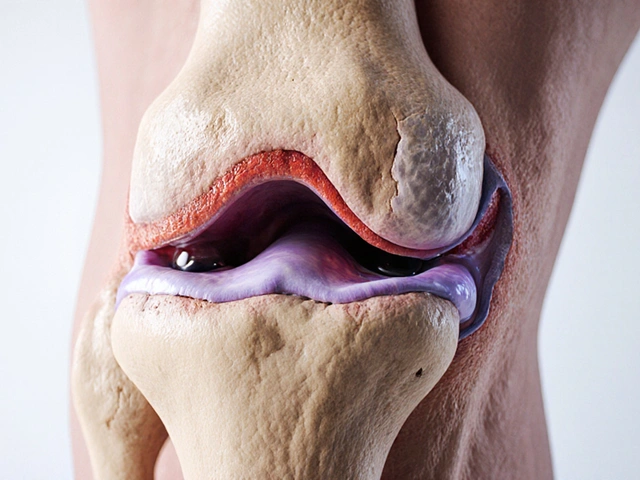Doctors used to shrug off low sodium in people with liver disease as just another lab number. Now, they're sounding alarms. Hyponatremia—yes, that's the medical word for low blood sodium—doesn't just make you feel a little “off.” It's a red flag waving above your liver, especially if that liver is struggling with cirrhosis. Imagine standing in front of your open fridge, dizzy, confused, maybe nauseous, and not knowing why; for a lot of folks with failing livers, that's hyponatremia in action. This isn't just rare trivia, either. About 30–50% of cirrhosis patients land in the hospital with hyponatremia. And the lower that sodium gets, the scarier things look, from falling into confusion to even slipping into a coma. You want to know why this happens and what can be done about it—because every small change in those sodium numbers can change the whole outlook.
Why Liver Disease Messes with Sodium Balance
Let’s cut to what’s actually happening inside the body. Your liver isn’t just cleaning up alcohol or breaking down fats; it’s also an unsung hero at keeping your fluids in balance. When the liver gets hammered by cirrhosis, its control over the body’s water and sodium becomes a mess.
Start with the fact that a failing liver means blood doesn’t flow smoothly through it anymore. It gets jammed up, a bit like a traffic jam at rush hour. To cope, the body kicks in a whole bunch of backup plans—most of which create more problems. Your kidneys, for example, get fooled into thinking you’re dry as a desert, even when you’re overloaded with water. This is thanks to hormones like antidiuretic hormone (ADH), which tells the kidneys to hold on to water for dear life.
But here’s the catch: The body doesn't hold onto sodium along with all that extra water. So, the water-to-sodium ratio gets skewed. Sodium gets diluted, not “lost”—it’s just swimming in a bigger pool. This type of low sodium is called hyponatremia. It gets extra tricky in cirrhosis because the more water you hold, the lower your sodium will appear on lab results, even if your diet hasn't changed a bit.
Doctors divide hyponatremia in cirrhosis into two main types. Most folks land in the “dilutional” camp, where the problem is too much water, not too little salt. Less commonly, some folks have lost sodium through aggressive water pills (diuretics) or vomiting and diarrhea. Either way, the symptoms hit hardest when sodium falls fast or drops below 125 mmol/L—think headaches, confusion, sometimes even seizures.
What does this mean for daily life? People with cirrhosis often have to juggle fluid restrictions, salt guidelines, and medications like water pills. And doctors have to stay alert, because slipping into the danger zone with sodium can trigger things you really don’t want to face—like hepatic encephalopathy, where the brain literally gets foggy from toxins. Complications pile up fast, with studies showing that patients with low sodium even require more liver transplants, and have higher risks of dying in the hospital compared to those with normal sodium levels.
Check this out—a quick look at who’s dealing with hyponatremia in cirrhosis:
| Patient Condition | Hyponatremia Rate |
|---|---|
| General cirrhosis population | 30-50% |
| Hospitalized with severe ascites | More than 50% |
| Before liver transplant | Up to 47% |
All of this is why hyponatremia isn’t just “one more thing” in liver disease. It changes what treatments doctors choose, how fast you get listed for transplant, and even how aggressive everyone needs to be with therapies.

Spotting Symptoms and Knowing When to Worry
Sneaky is the best word to describe hyponatremia’s symptoms. Sometimes, there’s barely a warning. Most folks shrug off a little tiredness or mild weakness. But that’s how it starts—subtle and easy to miss. With sodium levels running low, your brain and nerves actually have a harder time working. You might feel a bit foggy, sluggish, or just “not yourself.” A mild headache, maybe a little muscle cramp, an uneasy stomach—rarely does anyone rush to the ER for these things.
But when that low sodium keeps sliding downhill, get ready for a serious escalation. Confusion is the big one—family might notice you’re acting weird, mixing up words, or just staring at the wall. More severe cases? People can get tremors, fall asleep at odd times, or even have seizures. And when sodium dips under 120 mmol/L, doctors get panicked, because coma and death suddenly become real risks. You might even develop cerebral edema—yes, that’s brain swelling, and it spells trouble fast.
The weird part? Some folks barely have symptoms until things get truly dire. That’s why doctors check labs obsessively in patients with cirrhosis. If you—or someone you care for—has liver disease, sudden changes in behavior, sleep, or movement deserve urgent attention. “Maybe it’s the liver,” isn’t good enough here; it’s worth asking for a sodium check ASAP.
What makes all this trickier is that lots of other things can mimic hyponatremia. Liver disease itself already brings brain fog, depression, low energy, or easy bruising. Diuretics can mess up sodium, too, and even dehydration from a summer heatwave can send sodium on a ride. Whenever something feels off—more confused, shaky, unable to keep food or liquid down—clinicians recommend stopping diuretics and getting labs as fast as possible. Always better to check than to wait it out.
For caregivers and families, here’s a quick list to watch for, beyond the obvious confusion:
- Trouble walking or balancing (random falls!)
- Sudden muscle twitching or spasms
- Nausea that doesn’t have another obvious cause
- Severe tiredness or sleeping way more than normal
- Any sort of seizure activity, even brief
If you see this stuff, get help. Don’t wait for the next doctor’s appointment. Time counts because the brain is especially sensitive to sodium swings. This is not the time to “see how it goes.”

How Doctors Treat Hyponatremia in Liver Disease
Fixing hyponatremia in people with liver trouble isn’t as simple as pouring in some saltwater or just handing out sports drinks. In fact, the treatment takes some careful, almost artful calculation. Too quick a fix? The brain can snap from swelling to shrinkage, causing permanent injury like central pontine myelinolysis—fancy for “the brain’s wiring gets wrecked.” Go too slow or ignore the problem? The coma risk shoots up.
The starting point is figuring out type and severity. If the patient’s sodium drop is mild (above 130 mmol/L) and symptoms are minor, the main move is to gently tighten up water intake—a “fluid restriction.” For most adults, this means drinking less than 1–1.5 liters (around 3–5 regular-size water bottles) per day. But sticking to this every day can feel brutal, especially when dry mouth hits.
If labs show severe hyponatremia or sudden changes in brain function, it’s time for hospital-level care. Doctors might stop diuretics, limit water immediately, and use a carefully measured salt solution (hypertonic saline). This isn’t something done at home, since too-rapid correction is so dangerous. They might also bring in drugs called vasopressin receptor antagonists—“vaptans” for short—which help the body let go of water without dumping more sodium, but these are pricey and have to be used with major caution (especially since they’re not for everyone, and long-term safety is still debated in cirrhosis).
Patients who need liver transplants come under even closer watch. Low sodium can mess with the waiting list odds (the MELD-Na score now includes sodium as a key number). Doctors often try to nudge sodium upwards before getting to the operating table, because low sodium at transplant can make surgery riskier.
Here are the key steps in how doctors approach treatment:
- Stop all “water pills” and check for any blood loss (bleeding, vomiting, or diarrhea).
- Check current meds for hidden sources of sodium loss.
- Put a strict cap on fluid intake (sometimes with a sign at the patient’s bed!).
- Order labs even more often—sodium, kidney function, and other electrolytes.
- If symptoms are bad, start IV fluids under close supervision.
- Review the full picture—sometimes, the real fix is moving forward with a liver transplant.
There are no magic pills or quick hacks for hyponatremia. Sticking to the plan is the only sure path—skipping doctor appointments or chugging down a “homemade electrolyte solution” can cause more harm than good. The good news? Most patients, once stabilized, can keep sodium in a safer range with tight follow-up and a little teamwork between hepatologists, kidney specialists, and nurses. Some even use new digital reminders and smart apps to help track daily fluids or alert families to symptoms early.
| Treatment Option | Common Use | Risks/Drawbacks |
|---|---|---|
| Fluid Restriction | Mild-moderate cases | Hard to maintain thirst; slow improvement |
| Discontinue Diuretics | First step in severe drop | May worsen fluid buildup (edema) |
| Hypertonic Saline IV | Severe, urgent symptoms | Needs careful monitoring—brain injury if overcorrected |
| Vasopressin Antagonists | Selected, hospital cases | Expensive, not well-studied long-term |
| Liver Transplant | End-stage, refractory cases | Wait times, surgical risks |
Want to reduce your risk? Stick to your medication plan. Write down your daily fluid intake. Don't add “low sodium” salt substitutes unless your doctor says it’s safe—these often contain potassium, which brings a whole new set of risks. And watch for new symptoms like mental fog, muscle twitches, or trouble staying awake. Even if it seems minor, get labs done fast. Sodium tells you when the body is under stress, and being proactive can keep you or your loved one out of danger.
Doctors are paying more attention to sodium than ever before, and if you’re dealing with liver issues, you need to, too. Every number on that blood test is a story—hyponatremia might be the plot twist that changes the outcome.




Geoff Heredia
July 23, 2025 AT 12:15So let me get this straight - the liver’s failing, the body starts hoarding water like it’s the last bottle of Evian in a zombie apocalypse, and suddenly your sodium drops? 😏 Classic. But here’s the real question: Who’s *really* controlling ADH? Big Pharma? The WHO? Or is this just a lab number they invented so we’d buy more meds? I’ve seen 3 patients in 2 years with ‘hyponatremia’ - all on the same brand of water pills. Coincidence? I think not. 🕵️♂️
Tina Dinh
July 24, 2025 AT 18:41OMG this is SO important!! 💪 I have a cousin with cirrhosis and she almost slipped into a coma last year because no one checked her sodium. I printed this out and taped it to her fridge next to her meds 🍽️💧. If you have liver issues - CHECK YOUR SODIUM. Like, TODAY. Your brain will thank you. 🙏❤️
Peter Lubem Ause
July 25, 2025 AT 21:42Hyponatremia in cirrhosis isn't just a lab anomaly - it's a systemic failure of the body's homeostatic mechanisms, and it demands clinical vigilance. The dilutional form, which accounts for the vast majority of cases, stems from impaired hepatic synthesis of albumin, leading to reduced oncotic pressure and subsequent activation of the renin-angiotensin-aldosterone system and non-osmotic vasopressin release. This creates a vicious cycle where water retention outpaces sodium conservation, and the kidneys, misinformed by baroreceptor signaling, perpetuate the imbalance. The consequences - from subtle cognitive fog to life-threatening cerebral edema - are not merely statistical; they are deeply human. That’s why fluid restriction, though brutally difficult, remains foundational. It’s not about willpower - it’s about survival. And yes, vaptans have promise, but their cost and limited long-term data mean they should be reserved for refractory cases under expert supervision. Transplant remains the only true cure, but until then, consistent monitoring, patient education, and multidisciplinary care are non-negotiable.
Matthew Higgins
July 26, 2025 AT 04:19Man. I had no idea low sodium could make you feel like your brain was wrapped in cotton. My uncle just got his transplant last year - he was always zoning out, forgetting his keys, acting like he was half-asleep. We thought it was just ‘old age’ or depression. Turns out? Sodium was at 118. He’s fine now, but… wow. This post hit different. 🤯
Andrew Keh
July 28, 2025 AT 00:39This is a very clear and important explanation. Many people with liver disease don’t realize how dangerous small changes in sodium can be. The key is early detection and careful management. Fluid restriction is hard, but it works. And yes - if someone is acting confused or unsteady, don’t wait. Get a blood test. It could save a life.
Subhash Singh
July 28, 2025 AT 01:57While the pathophysiology of dilutional hyponatremia in cirrhosis is well-documented, I would like to draw attention to the confounding influence of concomitant medications, particularly proton pump inhibitors (PPIs), which have been associated with syndrome of inappropriate antidiuretic hormone secretion (SIADH) in up to 12% of cirrhotic patients in recent cohort studies. Furthermore, the MELD-Na score’s incorporation of serum sodium as a weighting factor has significantly altered transplant prioritization algorithms - yet, there remains significant inter-laboratory variability in sodium measurement due to differences in serum osmolality correction methods. This introduces potential bias in prognostic stratification. Standardization of electrolyte assays and routine use of corrected sodium values in high-risk populations may improve clinical accuracy. I recommend reviewing the 2022 AASLD guidelines on hyponatremia management in advanced liver disease for updated algorithmic approaches.
Scott Collard
July 30, 2025 AT 00:23Actually, you’re all missing the point. This isn’t about sodium. It’s about the medical industry’s obsession with numbers. They turn a simple fluid imbalance into a ‘syndrome’ so they can sell you drugs, tests, and transplants. Real solution? Stop drinking water. Eat salt. Done. But no - they need you dependent. Just saying.